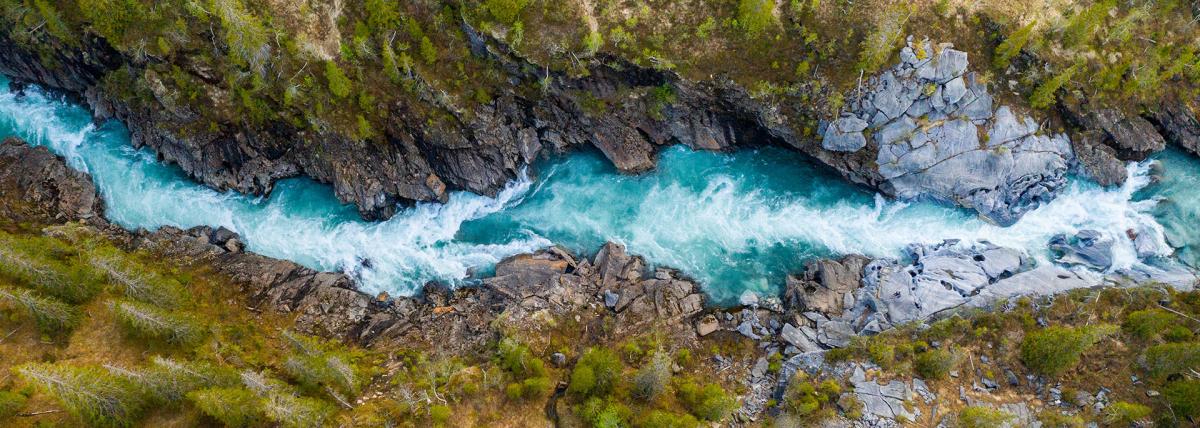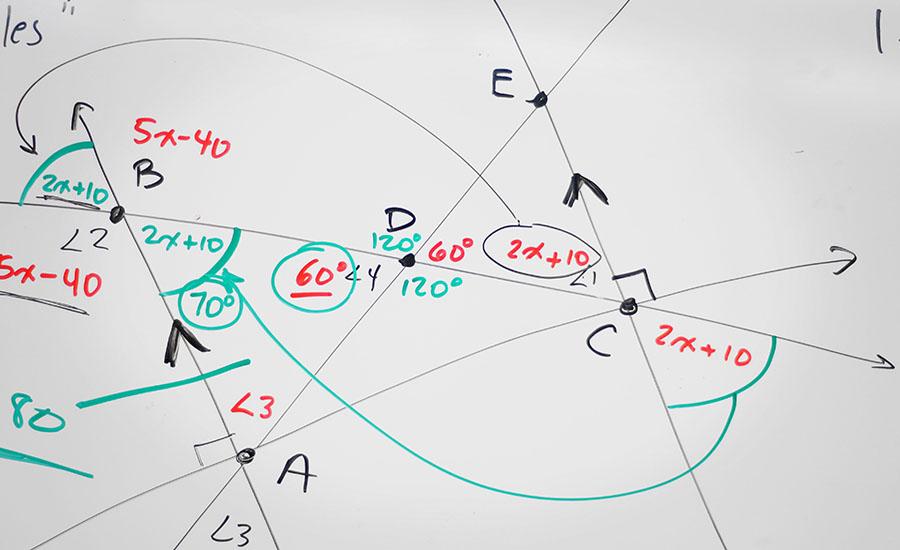Planarian Regeneration
This lesson is designed for Day 3. Students use outside resources to modify and test helmet effectiveness with Pocketlab sensors. In this hands-on lesson, students will create a prototype and run
Up, Up and Away! Creating a Glider
Students will learn the principles of flight while also incorporating the Engineer Design Process as they construct gliders using pressed Styrofoam. In this hands-on lesson, students read a book about
In this engaging lesson, students will develop an understanding of how solar panels convert sunlight into electrical energy. They will investigate factors affecting the amount of electricity generated
Teachers will be introduced to the VEX V5 Robotic Platform. We will start with an Introduction to robotics and how robotics is used in industry. Students will understand the key resources they will be
This lesson plan focuses on Torque, assuming prior knowledge of Rotational motion, angular velocity, angular acceleration, and Newton's Laws for linear motion. It also introduces Newton's laws for
This lesson assumes prior knowledge of basic electricity and magnetism concepts and focuses deeply on Induction. Levels adjusted for 9th to 12th grade, dual enrollment and AP Physics.
This unit has lessons which will introduce students to phenomena we encounter in the real world. Students will learn about high interest phenomenon through hands-on investigations. Students will
This thematic unit has lessons which will introduce students to phenomena we encounter in the real world. Students will learn about high interest phenomenon through hands-on investigations. Students
What does polarized light mean? How can some light waves be blocked while other light waves are transmitted? This lesson plan explores the phenomenon of polarized light and how light waves interact
Featured Lesson Plans
Check out these notable lesson plans.

Students use Google Earth Timelapse to observe changes to glaciers over time before completing an investigation on the effects of melting sea ice and land ice on global sea level rise. This

This is the second lesson plan that goes with the series of four lesson plans for the book Song for a Whale by Lynne Kelly. This lesson focuses on vibrations, sounds, and music. The final project is

SNOW
This lesson includes literacy, math, and art about snowflakes. Within math, students will dive into an analysis of angles within a common snowflake. Students will listen to an informational text about


